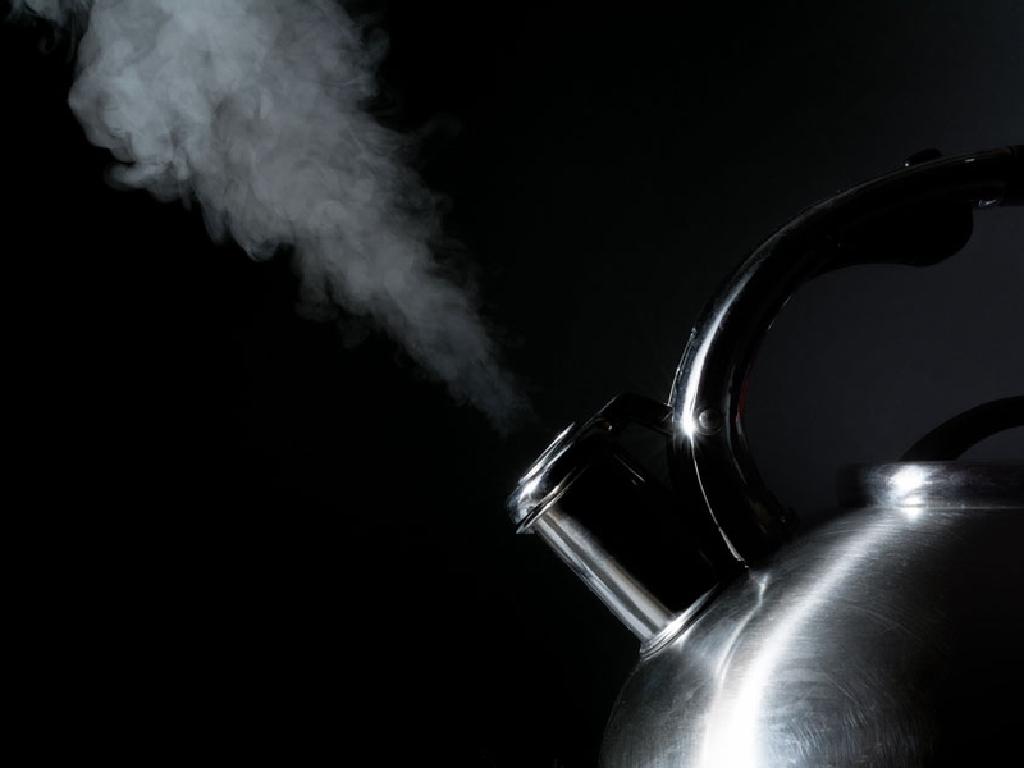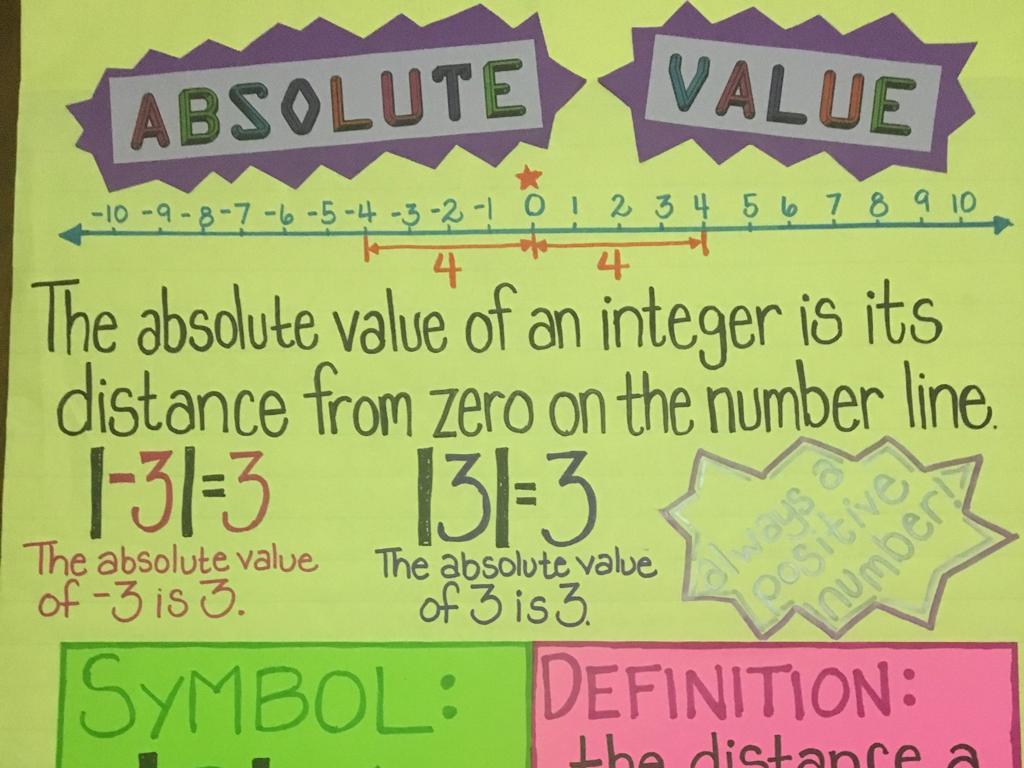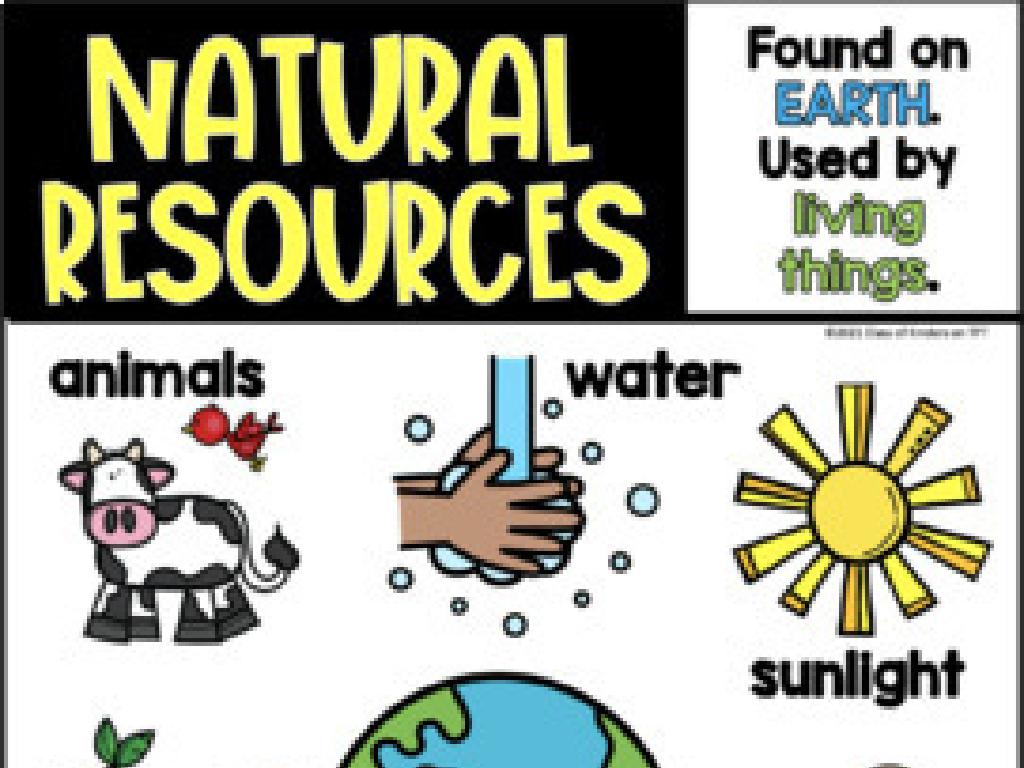How Are Temperature And Mass Related To Thermal Energy?
Subject: Science
Grade: Sixth grade
Topic: Thermal Energy
Please LOG IN to download the presentation. Access is available to registered users only.
View More Content
Exploring Thermal Energy
– Thermal energy basics
– Energy that comes from heat, measured in joules
– Feeling the sun’s warmth
– Sunlight increases the thermal energy, causing warmth
– Heating water experiment
– Water molecules move faster when heated, increasing thermal energy
– Relationship with temperature and mass
– More mass means more thermal energy at the same temperature
|
This slide introduces students to the concept of thermal energy, a type of energy present in the heat that can be felt from the sun or when heating substances like water. Begin by explaining that thermal energy is the total kinetic energy of particles in an object and can be measured in joules. Discuss how we feel the warmth of the sun as thermal energy transferred to our skin. Conduct an experiment by heating water and observing the increase in thermal energy as water molecules move faster. Highlight that both temperature and mass affect the amount of thermal energy an object has; a larger mass at the same temperature will contain more thermal energy. Encourage students to think about how this applies to everyday situations, such as why larger amounts of water take longer to boil.
Exploring Thermal Energy
– Thermal energy from heat
– Energy that comes from the heat we feel
– Total particle energy in objects
– Every particle in an object contributes to its thermal energy
– Heat increases particle motion
– Particles move faster when heated, showing more energy
– Linking temperature, mass, and thermal energy
– Higher temperature and larger mass often mean more thermal energy
|
Thermal energy is a concept that relates to the heat energy present in a substance. It’s the sum of the kinetic energy of all particles within an object. When we discuss thermal energy, we’re looking at how the movement of these particles increases as they are heated, which in turn increases the object’s temperature. The more particles an object has (its mass), and the faster these particles move (temperature), the greater its thermal energy. During the presentation, use examples like boiling water to illustrate how heat affects particle motion, and compare objects of different masses being heated to the same temperature to show the relationship between mass and thermal energy.
Temperature: Measuring Heat
– Temperature measures hot or cold
– Average kinetic energy of particles
– Particles move faster when heated
– Explore Celsius and Fahrenheit scales
– Celsius used in science, Fahrenheit often in daily life in the U.S.
– Relation to thermal energy
– Higher temperature means more thermal energy
|
This slide introduces the concept of temperature as a measure of how hot or cold an object is, which is directly related to the average kinetic energy of its particles. The more kinetic energy, the higher the temperature. It’s important to explain that kinetic energy increases when particles move faster as they are heated. Introduce Celsius and Fahrenheit as the two temperature scales commonly used, with Celsius being the standard in scientific contexts. Highlight that an increase in temperature indicates an increase in thermal energy, setting the stage for understanding how temperature and mass contribute to thermal energy in a system. Encourage students to think about everyday examples of temperature changes, such as boiling water or melting ice, and how these relate to changes in particle movement.
Mass and Thermal Energy Relationship
– Mass: amount of matter in objects
– More mass stores more thermal energy
– Larger objects with more mass can hold more heat, like a big beach ball vs. a small marble.
– Compare cup vs. bathtub water
– A cup of water heats up quickly, but a bathtub, with more water, takes longer and stores more heat.
– Understanding heat capacity
– Heat capacity is how much heat an object can hold; bigger mass usually means higher heat capacity.
|
This slide aims to explain the concept that the mass of an object is directly related to the amount of thermal energy it can store. Begin by defining mass as the measure of how much matter an object contains. Emphasize that objects with more mass have more particles, and therefore, more capacity to store thermal energy. Use the comparison between a cup of water and a bathtub to illustrate this point: a bathtub, having more water, has a greater mass and can store more thermal energy than a cup of water. This leads to the concept of heat capacity, which is the amount of heat needed to raise the temperature of an object by a certain amount. The slide should help students understand that mass affects an object’s ability to absorb and retain heat.
Temperature, Mass, and Thermal Energy
– Higher temperature: faster particles
– Particles move faster as temperature increases, which increases energy.
– More mass equals more thermal energy
– A greater amount of substance holds more thermal energy at the same temperature.
– Large pot vs. small pot boiling time
– It takes longer to boil because there’s more water to heat up.
– Understanding heat capacity
– Heat capacity is the amount of heat needed to raise the temperature.
|
This slide explores the relationship between temperature, mass, and thermal energy. When the temperature of an object increases, the particles within it move faster, thus increasing its thermal energy. Similarly, an object with more mass at the same temperature will contain more thermal energy because there are more particles to move. This is why a large pot of water takes longer to boil compared to a small one; it has more mass, requiring more thermal energy to increase its temperature. Introduce the concept of heat capacity to explain why different amounts of water heat up at different rates. Use examples like heating a small cup of water in a microwave versus a large pot on the stove to illustrate these concepts in a way that’s relatable to the students.
Real-Life Examples of Thermal Energy
– Refrigerator’s role in thermal energy
– A fridge removes thermal energy to keep food cold, slowing down bacteria growth.
– Thermal energy in cooking
– Cooking involves transferring thermal energy to food, changing its chemical structure.
– Clothing choices across seasons
– We wear clothes based on how they transfer or insulate thermal energy to keep us comfortable.
|
This slide aims to help students understand the concept of thermal energy through relatable examples. Discuss how a refrigerator works by extracting thermal energy from inside to the outside environment, keeping the food inside cold and safe from rapid bacterial growth. Explain the process of cooking as a means of adding thermal energy to food, which causes it to undergo a chemical change, making it edible and safe to consume. Lastly, talk about the reason for seasonal clothing changes, which is to regulate our body temperature by either allowing heat to escape or trapping it close to the body. Encourage students to think of other examples where thermal energy plays a crucial role in their daily lives.
Class Activity: Measuring Temperature
– Measure water temperature at varying masses
– Record temperature changes with heat or cool
– Observe mass effect on temperature change rate
– Does more mass mean slower temperature change?
– Discuss findings and thermal energy concepts
|
In this activity, students will engage in a hands-on experiment to understand the relationship between mass and temperature in the context of thermal energy. Provide different amounts of water for the students to measure and record the temperature as they heat or cool it. Guide them to observe how the mass of the water affects the time it takes for the temperature to change. This will help them grasp the concept that larger masses may take longer to heat up or cool down compared to smaller ones. After the activity, lead a discussion to connect their observations to the principles of thermal energy. Possible variations of the activity could include using different materials, comparing with a control sample, or graphing the temperature changes over time.
Thermal Energy: Conclusion & Recap
– Thermal energy depends on mass & temperature
– More mass & higher temperature means more thermal energy
– Daily relevance of thermal energy
– Cooking, weather, and insulation are affected by thermal energy
– Recap key points of today’s lesson
– Open floor for questions and thoughts
|
As we conclude, remind students that thermal energy is the total energy of all the particles in an object, and it’s influenced by the object’s mass and temperature. A larger mass at the same temperature has more thermal energy. Understanding thermal energy is crucial because it impacts many aspects of our daily lives, such as how we cook food, how we stay warm or cool, and how we perceive the weather. It’s also important in designing energy-efficient homes and appliances. Encourage students to think about how the concepts they’ve learned apply to real-world situations they encounter every day. Finally, open the floor for any questions or thoughts to clarify understanding and encourage curiosity about the subject matter.
Hands-On Activity: Thermal Energy Race!
– Heat water of varying masses
– Record time to reach target temp
– Observe mass and energy relationship
– Does more mass mean more time to heat?
– Group discussion of results
|
This class activity is designed to help students understand the relationship between mass and thermal energy. Divide the class into small groups and provide each with a heat source, water containers of different sizes (masses), and thermometers. Students will heat the water and record how long it takes for each container to reach a predetermined temperature. After the activity, lead a discussion on how the mass of the water affected the time taken to heat it, reinforcing the concept that larger masses require more thermal energy to increase in temperature. This will help students grasp the practical implications of thermal energy in everyday life. Possible variations of the activity could include using different materials or comparing with a control sample at room temperature.






